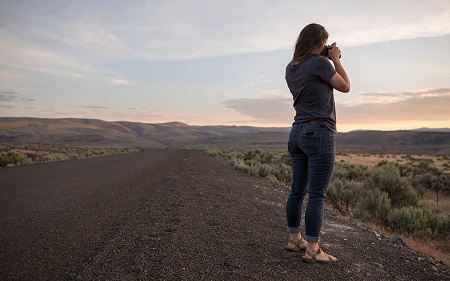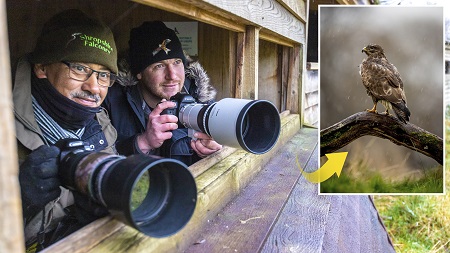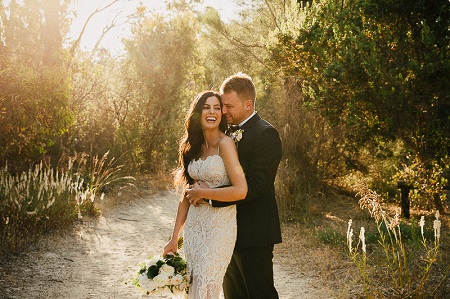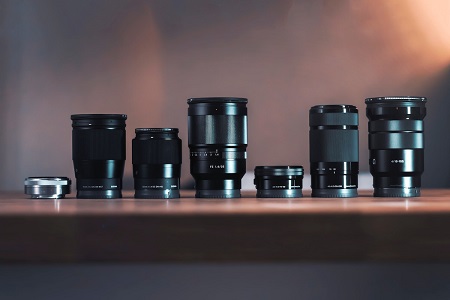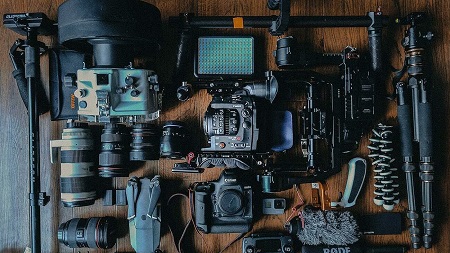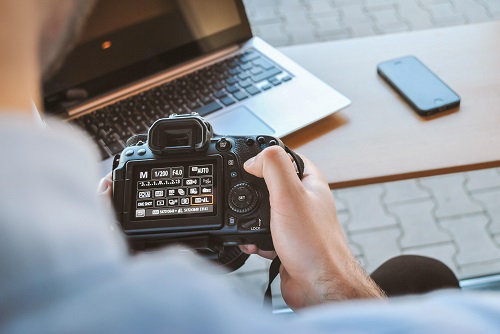Landscape photography is a popular genre that attracts both amateur and professional photographers. Capturing stunning landscapes can be a challenging task, but with the right techniques and tools, anyone can take breathtaking landscape photos. In this article, we will provide you with 5 tips for better landscape photography that will help you capture stunning images.
Tip 1: Plan Your Shot
One of the most important aspects of landscape photography is planning. Before you head out to take photos, do some research on the location you plan to shoot. Find out about the best time of day to take photos and what the weather will be like. This will help you plan for the right equipment to bring and set the correct exposure settings.
Additionally, it’s essential to scout the location beforehand to determine the best angle to take your photos. Take time to explore the area and try different viewpoints to find the most suitable one. Planning your shot beforehand can help you avoid any surprises and improve your chances of capturing stunning landscape photos.
Tip 2: Use a Tripod
Using a tripod is one of the best ways to stabilize your camera and capture sharp images. A sturdy tripod will keep your camera steady and prevent camera shake, which can result in blurry images. Additionally, using a tripod will allow you to take long exposure shots, which can result in stunning landscape images.
When choosing a tripod, consider the weight and height of your camera. It’s essential to have a tripod that can support your camera’s weight and adjust to the right height. Also, be sure to use a remote shutter release or self-timer to minimize camera shake when taking the shot.
Tip 3: Experiment with Depth of Field
Depth of field is an essential element of landscape photography. By adjusting the aperture of your camera, you can control the depth of field in your photos. A shallow depth of field can isolate a subject and blur the background, while a deep depth of field can keep the entire scene in focus.
Experiment with different aperture settings to find the right depth of field for your shot. Keep in mind that a higher f-stop number will result in a deeper depth of field, while a lower f-stop number will result in a shallower depth of field.
Tip 4: Use Filters
Filters are essential tools in landscape photography. They can help you control exposure, reduce glare, and adjust colors. One of the most popular filters for landscape photography is the polarizing filter. It can help reduce glare from reflective surfaces, increase contrast, and improve color saturation.
Neutral density filters are also useful in landscape photography. They reduce the amount of light entering the lens, allowing for longer exposures. This can result in stunning effects like smooth water and blurred clouds.
Tip 5: Post-Processing
Post-processing is an important step in landscape photography. It can help enhance the color, contrast, and sharpness of your images. While it’s important to get the shot right in-camera, post-processing can take your images to the next level.
There are many post-processing tools available, from simple apps like Lightroom to more advanced software like Photoshop. Experiment with different settings and techniques to find the right look for your photos.
FAQs
Q1: What is the best time of day to take landscape photos?
A1: The best time of day to take landscape photos is during the “golden hour,” which is the hour after sunrise or the hour before sunset. During this time, the light is soft and warm, making for stunning images.
Q2: Do I need an expensive camera for landscape photography?
A2: While a high-end camera can help you capture stunning landscape photos, it’s not necessary. With the right techniques and tools, you can take great landscape photos with any camera.
Q3: What is the best lens for landscape photography?
A3: A wide-angle lens is typically the best option for landscape photography, as it allows you to capture more of the scene in a single frame. A focal length between 10-24mm is ideal for most landscape shots, but you can also experiment with other focal lengths to achieve different perspectives.
Q4: Can I take landscape photos with a smartphone camera?
A4: Yes, you can take great landscape photos with a smartphone camera. Many modern smartphones have high-quality cameras with wide-angle lenses and advanced features that can help you capture stunning landscape photos.
Q5: What is the rule of thirds in landscape photography?
A5: The rule of thirds is a basic composition guideline that can help you create visually appealing images. The idea is to divide the frame into thirds both vertically and horizontally, and then place the subject or points of interest along the intersections of the lines. This can help create a sense of balance and harmony in your images.
Conclusion
In conclusion, landscape photography is a wonderful and rewarding genre that allows you to capture the beauty of the natural world. By following these 5 tips, you can improve your landscape photography and create stunning images that will inspire and delight viewers. Remember to plan ahead, scout locations, use the right equipment, understand lighting and composition, and experiment with different techniques and perspectives.
While there is no one-size-fits-all formula for landscape photography, these tips will help you get started and develop your own unique style and approach. With practice and perseverance, you can capture breathtaking images that showcase the beauty and wonder of our world. So get out there, explore, and let your creativity and passion guide you on your journey to better landscape photography.
